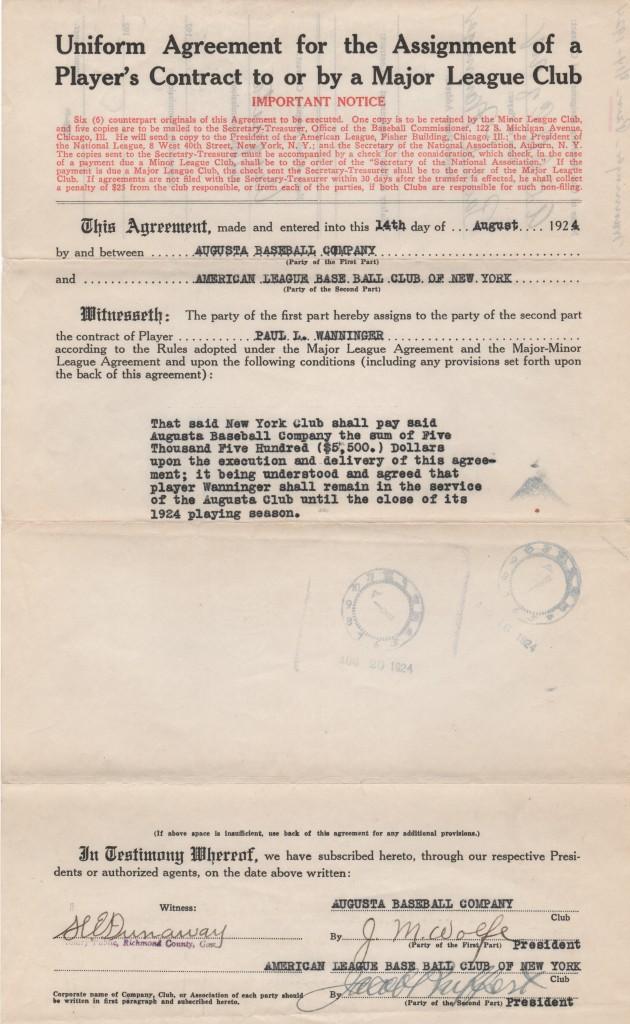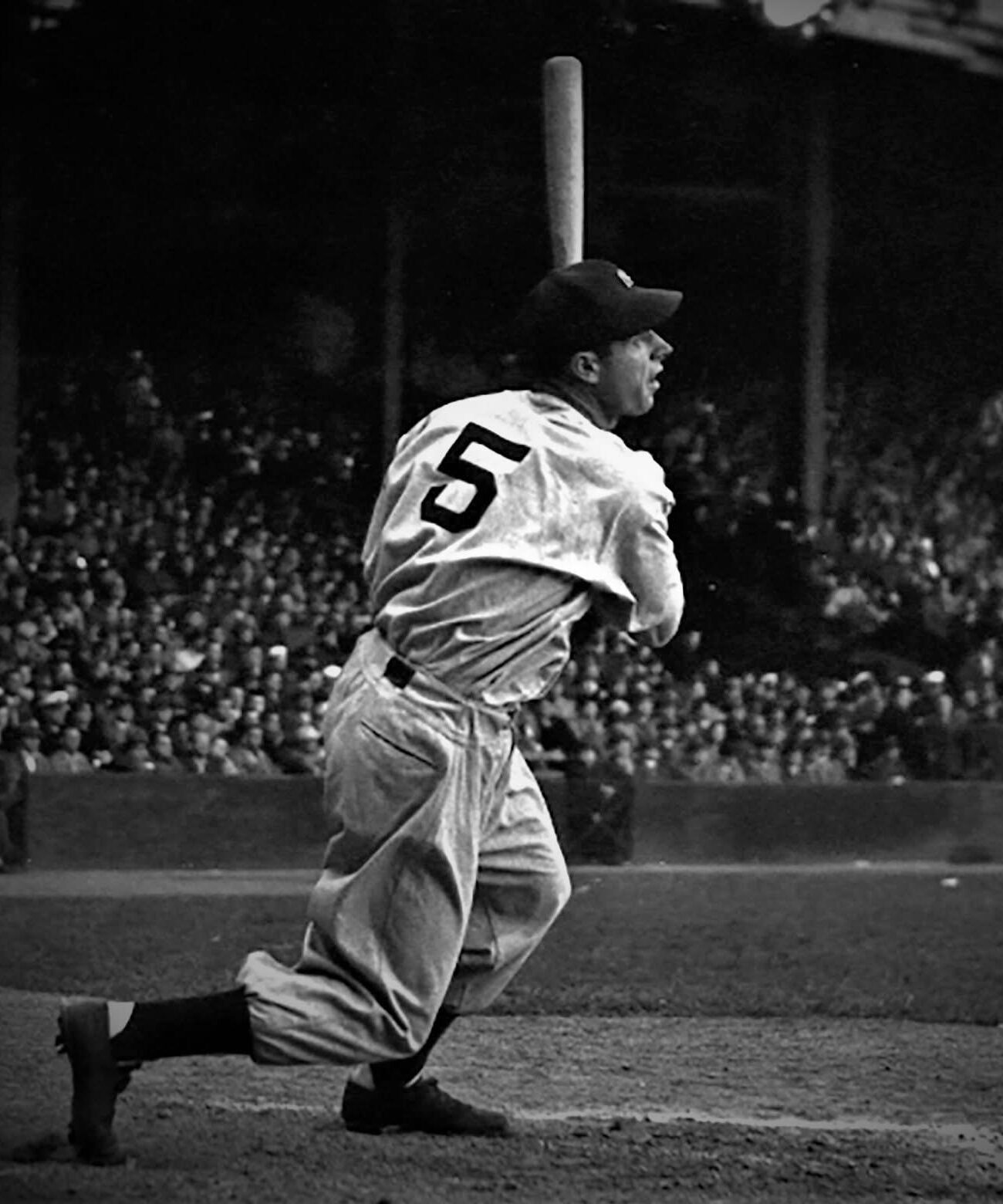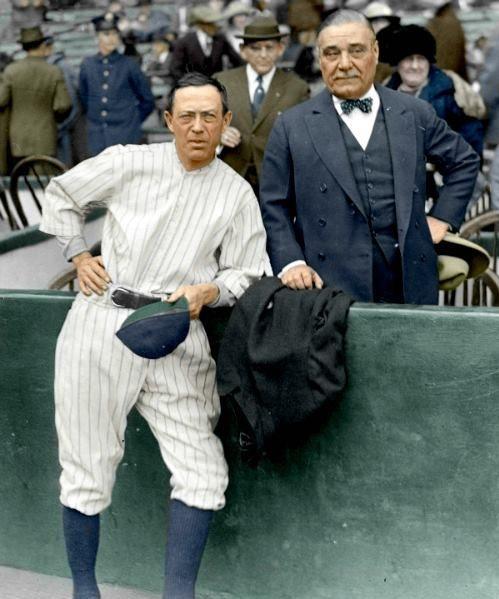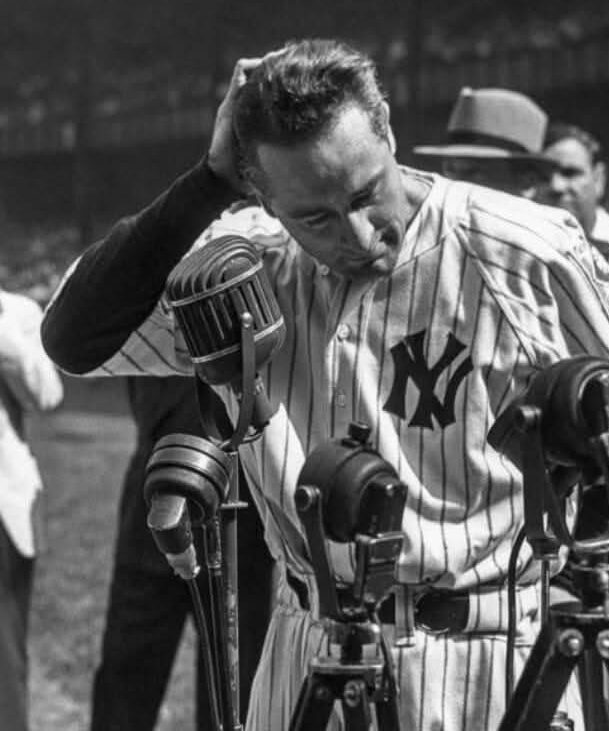Ed Barrow
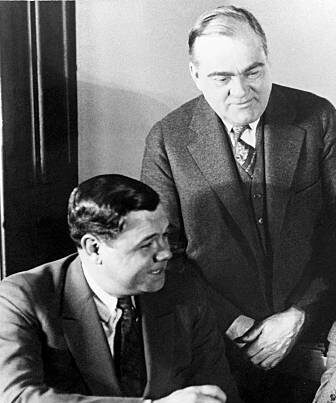
| Birthdate | 5/10/1868 |
| Death Date | 12/15/1953 |
| Debut Year | 1920 |
| Year of Induction | 1953 |
| Teams | Yankees |
| Position | Executive |
Architect of the Yankee dynasty of the 1920s through the 1940s, Ed Barrow also managed the Red Sox & Babe Ruth to the 1918 World Series title.
Leave a commentIn the collection:
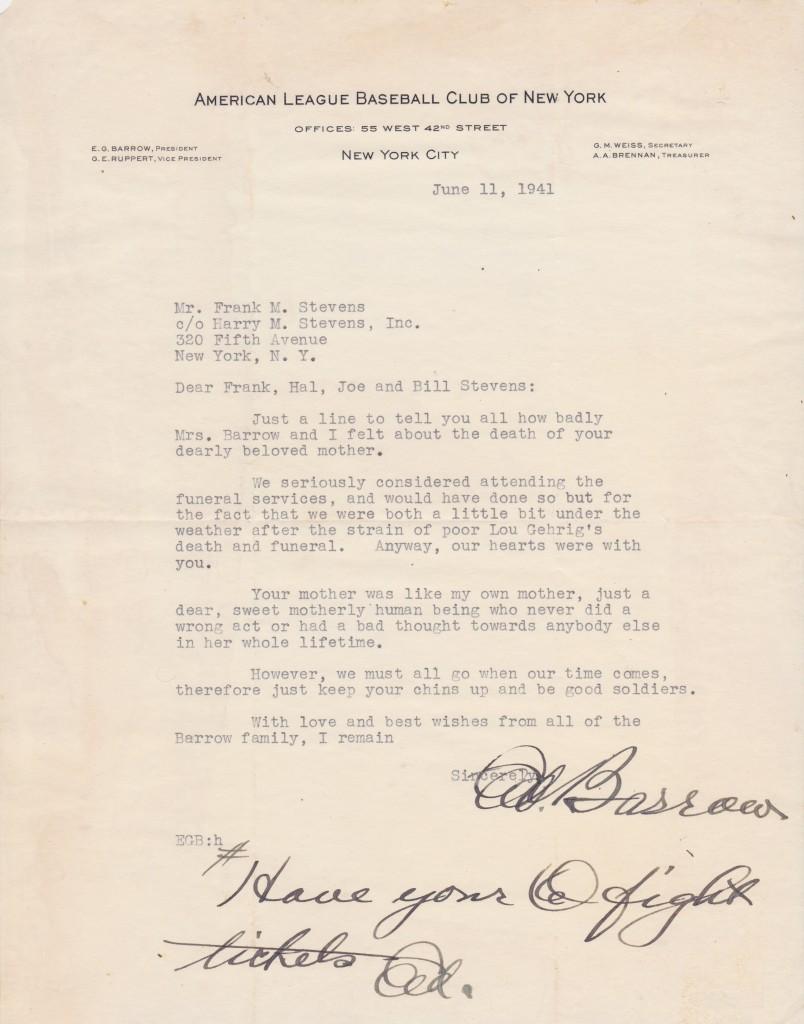
Ed Barrow was a Yankee executive from 1921-1945; he was elected to the Hall in 1953
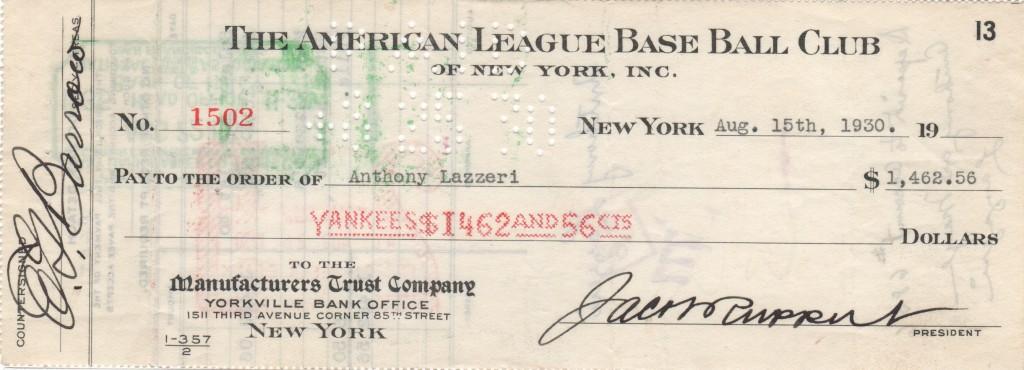
A plaque honoring Ed Barrow was dedicated at Yankee Stadium in 1954
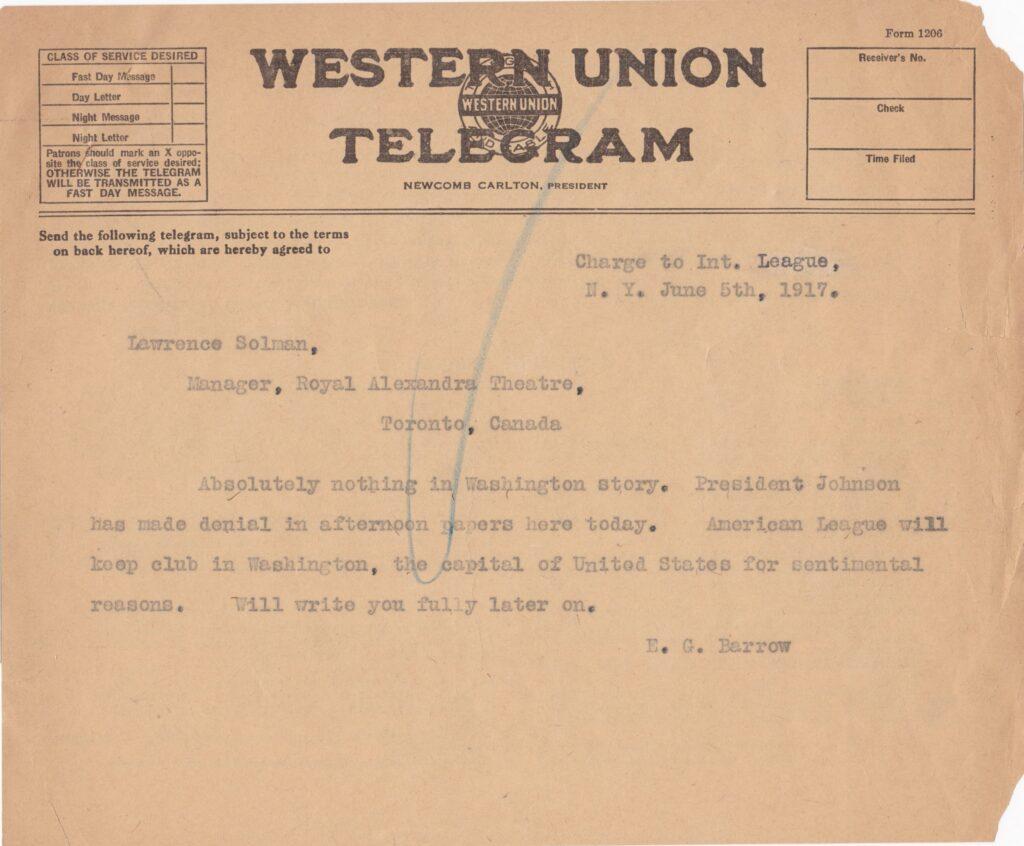
Barrow tried to bring the Toronto Maple Leafs into the big leagues as part of a third major league
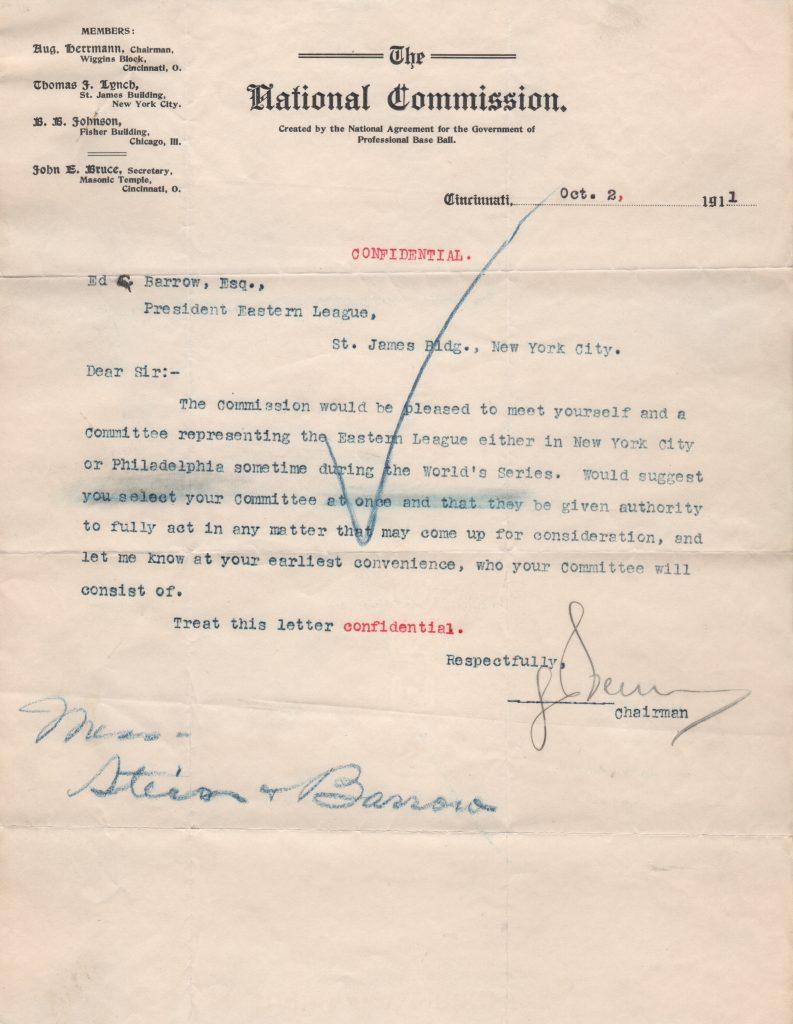
Ed Barrow worked to change the name of the Eastern League to the International League
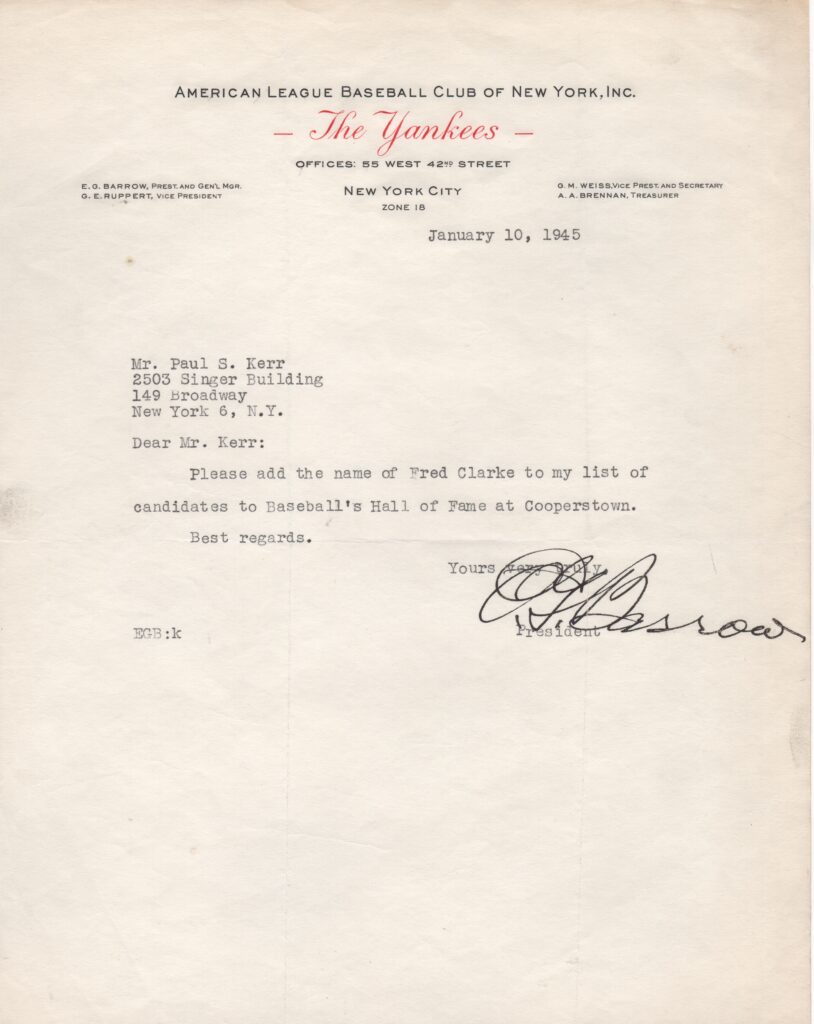
Executive Ed Barrow introduced Fred Clarke to baseball & pushed for his induction to Cooperstown
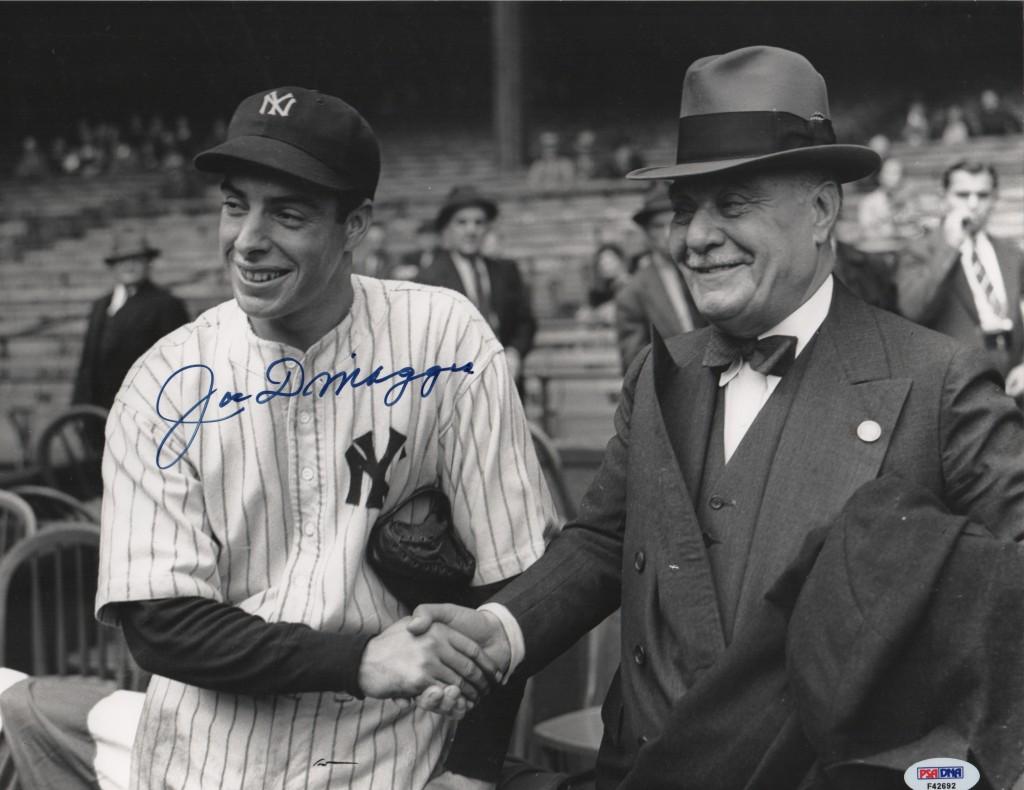
Ed Barrow was instrumental in the Yankees acquisition of Joe DiMaggio
